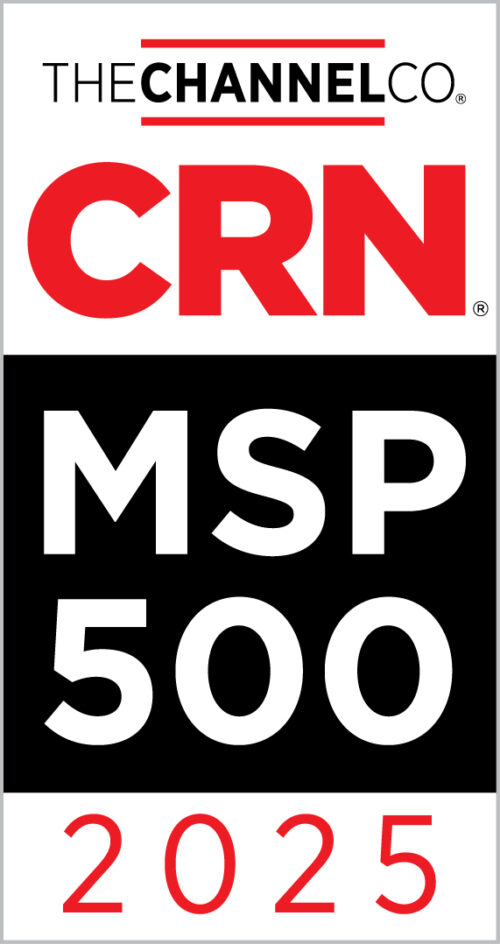GM Cruise Robotaxis in San Francisco
Cruise, the subsidiary of General Motors developing self-driving vehicles and services, recently announced that it had begun testing its fully driverless robotaxi service in San Francisco ahead of the service’s planned commercial rollout in 2022. Cruise received a California DMV permit to operate the service between 10 pm and 6 am at a maximum speed of 30 MPH in mild weather conditions (no worse than light rain and fog). It’s allowed to run them without drivers and charge for delivery services, but not ride-hailing.
Initially, the service will be offered mainly to Cruise employees, although certain public members will also be able to ride without being charged a fare. Cruise didn’t specify who would qualify to ride, but the company has not yet opened its driverless service to members of the general public.

First Driverless Ride
Cruise co-founder and president Kyle Vogt went for a few rides in the streets of San Francisco in the driverless AV and was naturally excited about it. He gushed about it all over Twitter, posting a series of tweets about the first driverless ride in a Cruise AV named Sourdough. He went on to recount how the entire experience went smoothly and pointed out how special it felt, saying that he’ll never forget his driverless ride.
“At 11:20 pm, I used the Cruise app and summoned my first ride. After a few minutes, one of the Cruise AVs (named Sourdough) drove up to me and pulled over. Nobody was inside the car.” Vogt tweeted. He went on to say that, “it’s hard to explain, but without someone sitting in the driver’s seat, the AV comes to life in a different way – almost like it has its own personality. I’d say Sourdough’s driving gave off a gingerly yet confident vibe.
After Vogt was driven fully autonomously to his destination, Sourdough pulled over and put the car into park. Vogt hopped out, shut the door, and after a few seconds, the AV shifted into gear and pulled away.
Cruise’s current vehicle fleet includes Chevrolet Bolt EVs retrofitted with self-driving vehicle software and extra technologies, such as lidar, cameras, and radars that allow the vehicles to “see” its surroundings. Its next vehicle fleet is expected to be made up of the Cruise Origin, a four-to-six passenger shuttle-like vehicle that has been solely designed to be an autonomous vehicle and is expected to go into production in early 2023.
Approval from the California Public Utilities Commission
Cruise was first granted a DMV permit for self-driving vehicles in June 2015. Since then, the company has slowly expanded testing locations and scaled up its fleet to hundreds of autonomous vehicles while obtaining additional permits. Cruise has now submitted a permit for an autonomous vehicle deployment with the California Public Utilities Commission.
This is the last of six permits needed from the CPCU and California DMV to charge the public for rides. If approved, Cruise will become the first company to operate a taxi fleet without a human driver. But it’s unclear how long the review and approval process may take, since Cruise is the first company to apply for the permit.
However, Cruise faces pushback from the San Francisco Municipal Transportation Agency (SFMTA). The agency challenged Cruise’s application for a permit to deploy robotaxis in San Francisco because it was illegally “double parking” during testing, creating safety and traffic concerns. SFMTA also criticized Cruise’s plans for failing to dedicate service to low-income and minority neighborhoods or accommodate wheelchairs and called for denying the permit until Cruise’s technology could demonstrate greater competency.
Cruise responded that state law permits commercial vehicles to park away from a curb when reasonably necessary to load or unload passengers, and San Francisco had no special restrictions in the areas cited in SFMTA’s complaint about Cruise. It added that its vehicles could fit a foldable wheelchair and a passenger in the backseat, and its longer-term plans call for serving all of San Francisco.
Ultimately, the California Public Utilities Commission has the final say over whether Cruise gets the permit to begin charging the public for rides. For more updates like these and information on our IT services, contact us today!





